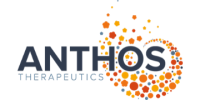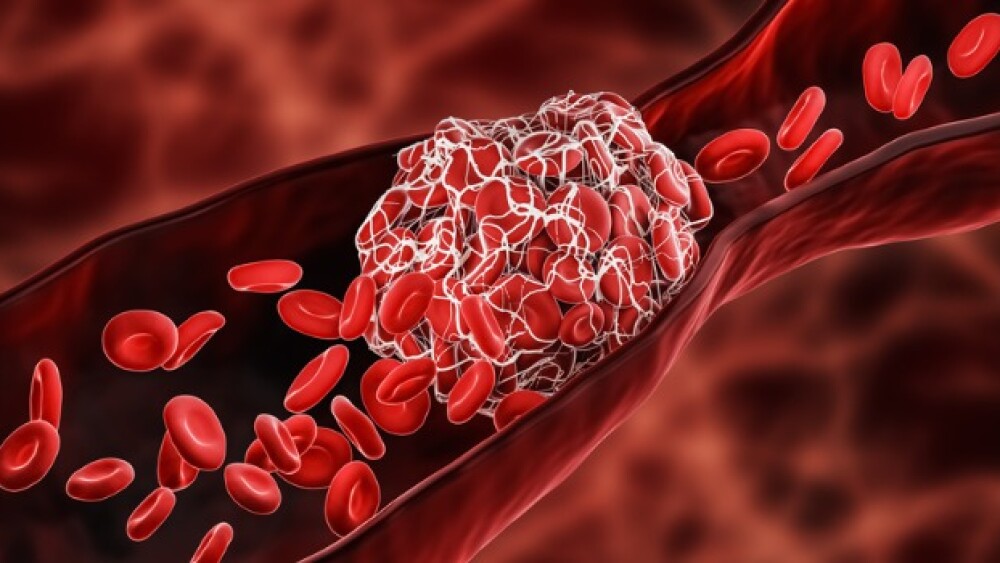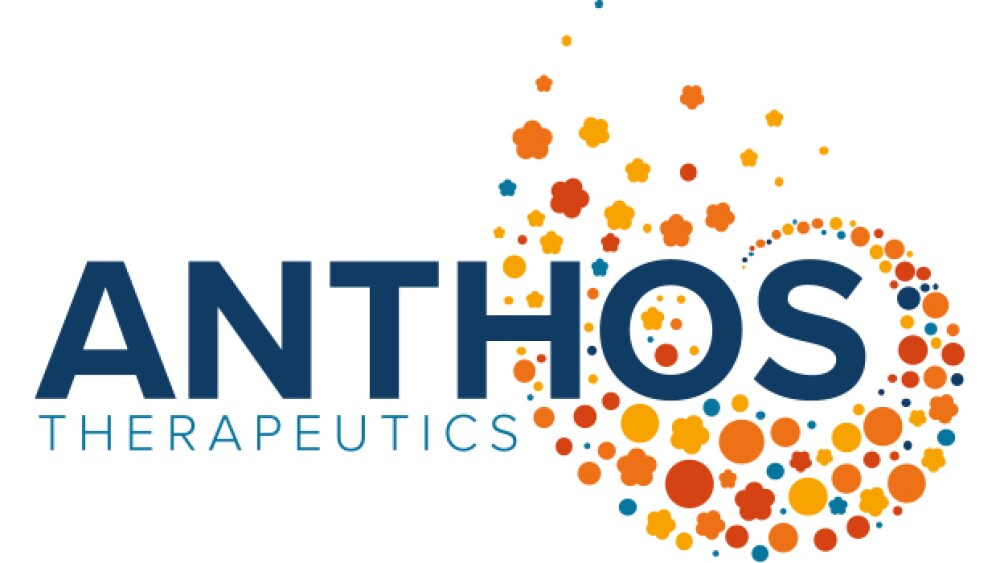
Anthos Therapeutics
Anthos Therapeutics, Inc., a formation of Blackstone (NYSE: BX) Life Sciences and Novartis AG (NYSE: NVS), is a clinical-stage biopharmaceutical company developing and commercializing innovative therapies for high-risk cardiovascular patients. The company is led by a world-class executive team highly experienced in the successful development of therapies for cardiovascular disease.
Anthos’ priority R&D program is abelacimab, a potent biologic molecule designed to achieve profound Factor XI suppression through dual activity against the active form (Factor XIa) and its precursor (Factor XI). Created for the heterogeneous real world, abelacimab has the promise of suitability for a broad spectrum of patients, no requirement for dosage adjustment in cases of renal or hepatic impairment and no interactions with other drugs. It is planned to be available as a rapid-onset intravenous presentation to prevent VTEs in the hospital setting and a once-monthly subcutaneous version for ongoing stroke prevention in the community, with the assurance of improved adherence.
More than 1 in 4 people worldwide continue to die from thromboembolic events 1,2 – a death toll due in part to the widespread underutilization, under-dosing and early discontinuation of anticoagulation, with as many as 50% of eligible patients entirely untreated.3,4 While some controlled clinical studies with DOACs in tightly defined trial populations have shown improvements in the bleeding risk, this risk remains a strong deterrent to optimal prescribing in routine practice. This underuse of conventional anticoagulants, including DOACs, stems from the fact that they all impact physiological hemostasis as well as pathological thrombosis, forcing prescribers in the real world – where patients are often frail, elderly and encumbered with co-morbidities – to walk a tightrope every time, weighing up the serious risk of lethal or life-changing thromboembolic events with the ominous threat of bleeding.
In light of this stalemate, the time has come for a paradigm shift. New scientific understanding shows that taking aim at an entirely new target, Factor XI (and its activated counterpart Factor XIa), could enable pharmacological ‘uncoupling’ of the physiological hemostasis and pathological thrombosis pathways. Through transformative hemostasis-sparing anticoagulation, a new class of Factor XI inhibitors could potentially fulfill the ultimate ambition of vital protection from thromboembolic events whilst reducing the hazard of a clinically significant bleeding risk, giving physicians the confidence to prescribe to many more people and enabling a meaningful reduction in the human and socioeconomic burden of thrombotic disease.
1. Wendelboe AM, Raskob GE. Circ Res 2016; 118, 1340–1347. 2. Editorial. Lancet Haematology 2015, Vol 2, e393 3. Piccini JP et al. Circulation. 2019;139:1497–1506. 4. Alamneh EA et al. Am J Cardiovasc Drugs 2016; 16:183–200.








